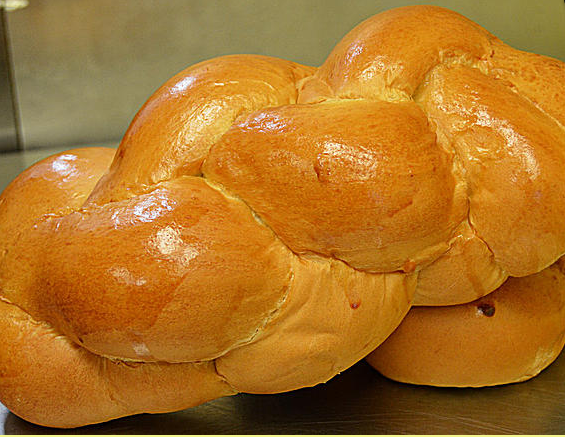What do we know about Kosher Beef at Kosher Bread Pro ? We know it’s a hot topic for Kosher Baking.
About Kosher Beef
The United States Department of Agriculture, known as the USDA, inspects and grades meats based on nationally uniform Federal standards of excellence. These standards are applied by USDA graders, who then are monitored by supervisors who travel throughout the United States to make sure that all graders are applying the standards in a uniform manner. A cut of meat with USDA approval must meet the same grade criteria no matter where or when you buy it. Each USDA beef grade is a measure of quality. There are eight USDA grades, Prime, Choice, Select, Standard, Commercial, Utility, Cutter and Canner.
Prime, the highest grade of meat, is of course the most expensive. Prime grade beef is supreme in tenderness, juiciness and taste. It is rich with marbling — flecks of fat within the lean — which enhances both flavor and juiciness. Prime roasts and steaks are unexcelled for dry-heat cooking such as roasting and broiling.
Choice grade beef has less marbling than Prime, but is of very high quality. It is easier to find at your local market and is a little easier on your wallet. Choice roasts and steaks from the loin and rib will be very tender, juicy and flavorful and are suited to dry-heat cooking. Many of the less tender cuts, such as those from the rump, round and blade chuck, can also be cooked with dry heat.
Select grade beef, sometimes known as Good grade, is very uniform in quality and somewhat leaner than the higher grades. It is fairly tender, but because it has less marbling, it may lack some of the juiciness and flavor of the higher grades. Only the tender cuts should be cooked with dry heat. Other cuts should be marinated before cooking or cooked with moisture to obtain maximum tenderness and flavor.
Standard grade beef is from low-quality young animals, with a very thin fat covering and virtually no marbling. The youth of the animals gives the grade a bland flavor and tenderness cannot be counted on. Use moist heat cooking methods only.
Commercial and Utility grade beef comes from old animals. Maturity and fat content give these grade good flavor but are tough, even when cooked properly.
Cutter and Canner grades are seldom, if ever, sold in stores but are used instead to make ground beef and other meat items such as frankfurters.
Besides being graded, meats can also be marked with another USDA stamp, the Yield number. The Yield number indicates in increasing proportion from 1 to 5 the amount of excess fat content or waste. The usual yield number available in most stores is Yield 2. When buying meat the smallest percentage of bone and fat make the best buys and the price per pound may go down for bonier cuts with more fat.
The USDA will also inspect meat and label it as Kosher, or “clean” meat. This means the jugular vein has been removed to drain the blood of the animal at the time of slaughter. The Kosher stamp will also guarantee the freshness of the meat, as ritual demands, it needs to be eaten within 72 hours after the slaughter.
Michael Russell
Your Independent guide to Food
Source: www.isnare.com

